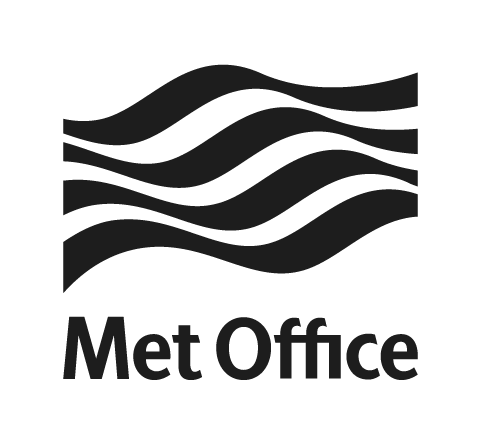Final Steps#
Once your change is approved, the code reviewer will follow the
Merge, Test & Commit process on any branches in order to commit them to the
main of each project. Depending on any linked PRs and documentation updates,
there may be several commits to different trunks involved.
Note
Sometimes there can be a delay between a code change being approved and the
commit to main. This can be for a number of reasons and rarely will be
due to your change. If you have any concerns, please contact your Code
Reviewer in the first instance.
Overnight and Weekly Testing#
Each project is tested overnight. This includes several related repositories
being tested together (e.g. the UM and JULES repositories are related, so the
head of the UM main is tested with the head of the JULES main). Testing
is usually based on the rose stem system.
In addition, most projects run weekly tests, which involve some longer jobs not normally tested in the nightly tests.
Closing Pull Requests#
GitHub will automatically close PRs upon merge. The code reviewer will check the output of nightly testing, and if this shows errors may begin a discussion on the pull request. Some testing is only run weekly, so some issues may take longer to show up.
When Main is Broken#
Occasionally, the overnight testing will fail. If the issue can’t be
immediately solved, the main of affected projects will be closed to new
changes. The relevant teams will investigate and aim to resolve the issue and
reopen the main as soon as possible. Two possible scenarios may occur:
For simple or obvious fixes, a trivial PR to fix
mainis preferred.If the reason for the failure is complex or less obvious, the team will revert the offending change off
main.
In both cases any further PRs should link back to the original.
Changes to the Working Practices#
These working practices have evolved over many years of experience and in order to try and catch as many issues as possible. However, feedback is welcome at any time. Please suggest improvements to the Simulation Systems and Deployment team.
Suggestions received will be evaluated and responded to, but a final decision as to whether the working practices will be modified lies with the Simulation Systems and Deployment team and ultimately the Simulation Systems Governance Group.

